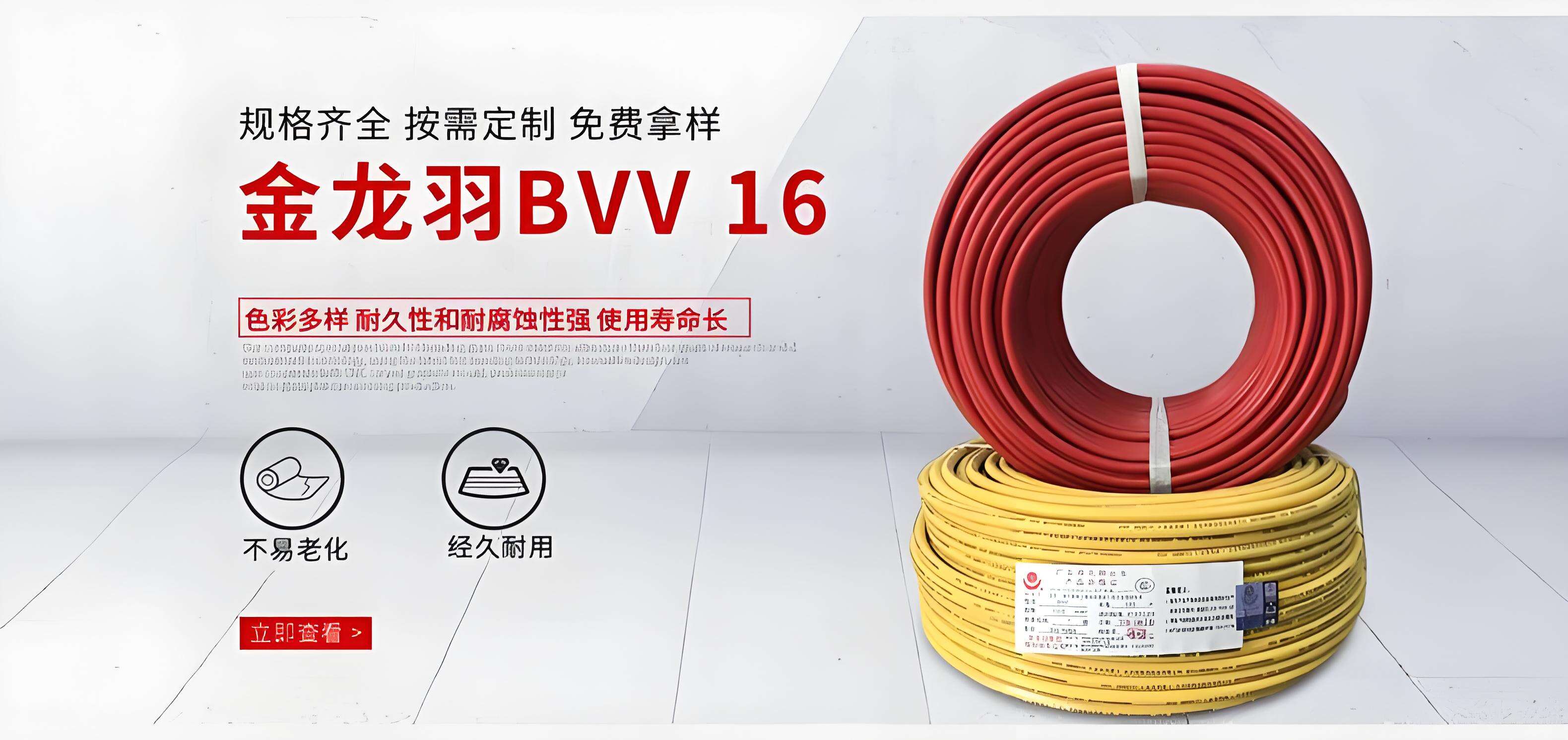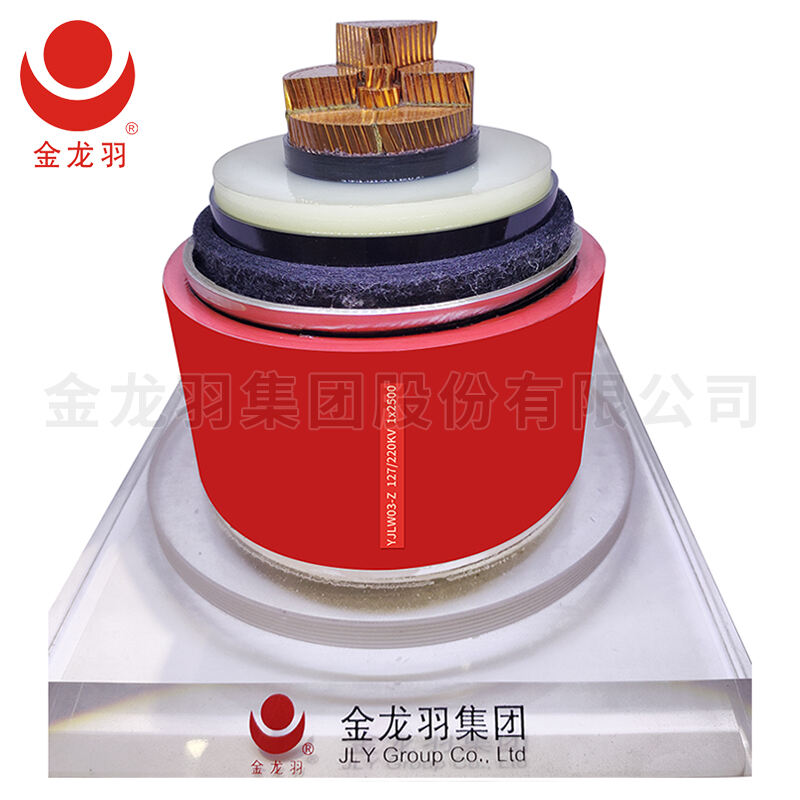Knowing how to test electrical cables is essential for verifying their performance, safety, and reliability before and after installation, and Weidong Technology recommends these procedures based on industry standards. The first method in how to test electrical cables is continuity testing, using a multimeter to check if current flows through the conductor, ensuring there are no breaks—this is critical for power and signal cables. When learning how to test electrical cables, insulation resistance testing with a megohmmeter measures the resistance between conductors and ground, identifying leaks that could cause short circuits or shocks, with results compared to manufacturer specifications (like those from Weidong). Another key step in how to test electrical cables is voltage testing, applying the rated voltage to check for insulation breakdown, ensuring the cable can handle operational stress without failure. For high-voltage cables, how to test electrical cables includes partial discharge testing to detect internal defects that may worsen over time. Additionally, physical inspection is part of how to test electrical cables, checking for damage to insulation, sheathing, or connectors. By following these methods on how to test electrical cables, users can ensure they meet quality standards and perform reliably in their intended applications.


